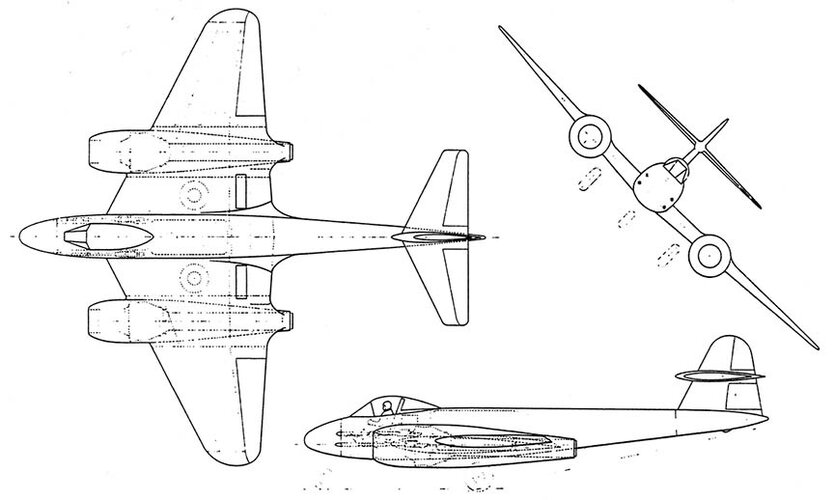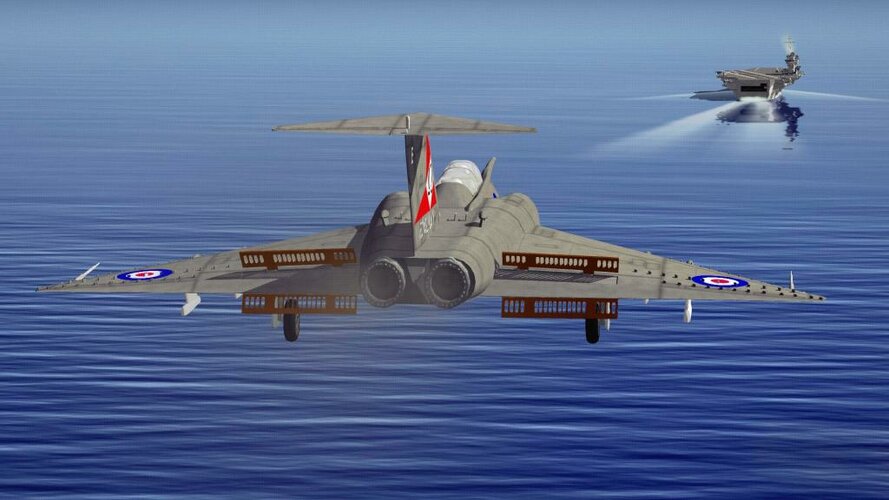It struck me recently why we haven't examined what might have happened if Gloster's Javelin had been a better aircraft.
Of all the twin engined fighters for the RAF, the Javelin was produced in the largest quantity and of all of them was the most heavily armed.
But ultimately let down by too conservative a design.
Could it have been possible to produce a better Javelin?
What happens if it is?
For example.
We now know that FIAT nearly opted for licence build of this aircraft.
We know 'as is' in real life a higher performance Red Dean (later Red Hebe) equipped Javelin was in the works.
Of all the twin engined fighters for the RAF, the Javelin was produced in the largest quantity and of all of them was the most heavily armed.
But ultimately let down by too conservative a design.
Could it have been possible to produce a better Javelin?
What happens if it is?
For example.
We now know that FIAT nearly opted for licence build of this aircraft.
We know 'as is' in real life a higher performance Red Dean (later Red Hebe) equipped Javelin was in the works.


